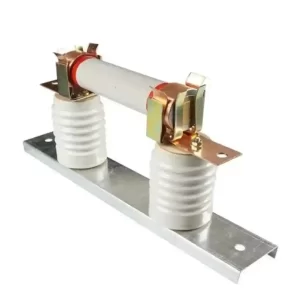- What Is a High Voltage Fuse?
- Where Are High Voltage Fuses Used?
- Key Use Cases:
- The Major Types of High Voltage Fuses
- 1. Current Limiting Fuses
- 2. Expulsion Fuses
- 3. Drop-Out Fuses
- 4. Cartridge-Type Fuses
- 5. Striker-Type Fuses
- 6. HV HRC (High Rupturing Capacity) Fuses
- Market Context and Industry Insights
- Technical Parameters: A Comparison Snapshot
- High Voltage Fuses vs. Circuit Breakers: What’s the Difference?
- Practical Selection Tips: Choosing the Right HV Fuse
- Referenced Authorities and Standards
- Frequently Asked Questions (FAQs)
- Final Thoughts
When it comes to protecting high-voltage electrical systems, fuses are among the most fundamental yet vital components. These devices are engineered to detect and isolate faults in milliseconds—often long before a circuit breaker can react. But not all high voltage fuses are created equal. Understanding the various types, their applications, and how they differ can help ensure the safety, performance, and longevity of your electrical infrastructure.
What Is a High Voltage Fuse?
At its core, a high voltage fuse is a sacrificial safety device designed to interrupt excessive currents in circuits operating at voltages typically above 1kV. When a fault occurs, the fuse element melts due to the heat generated by the overcurrent, breaking the circuit and preventing further damage.
Unlike resettable devices such as circuit breakers, high voltage fuses are non-reusable and must be replaced after operation. Their reliability, speed, and simplicity make them essential in many power transmission and distribution environments.
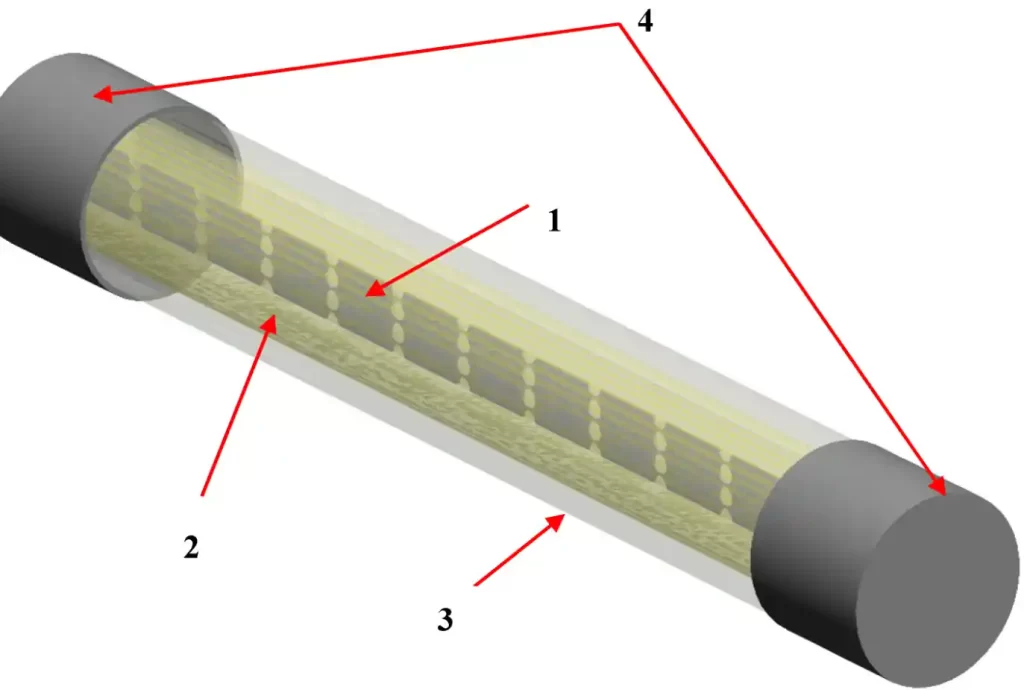
Where Are High Voltage Fuses Used?
The application range of high voltage fuses spans multiple industries and voltage tiers. Their design varies according to their environment and fault conditions.
Key Use Cases:
- Transformer protection (distribution and power transformers)
- Capacitor bank protection
- Motor starter circuits
- Switchgear assemblies (11kV, 33kV, and above)
- Overhead distribution lines
- Railway electrification and traction substations
High voltage fuses are often used alongside disconnect switches and circuit breakers for enhanced selectivity and safety, particularly in medium-voltage substations (as noted by Wikipedia – High Voltage Fuses).
The Major Types of High Voltage Fuses
Now, let’s examine the various types of high voltage fuses, each tailored for a specific protection strategy.
These fuses rapidly limit fault current by introducing a high resistance arc once the fuse link melts. They’re designed to operate in a fraction of a cycle and are often used in critical equipment protection.
Applications: Transformers, control gear, industrial panels.
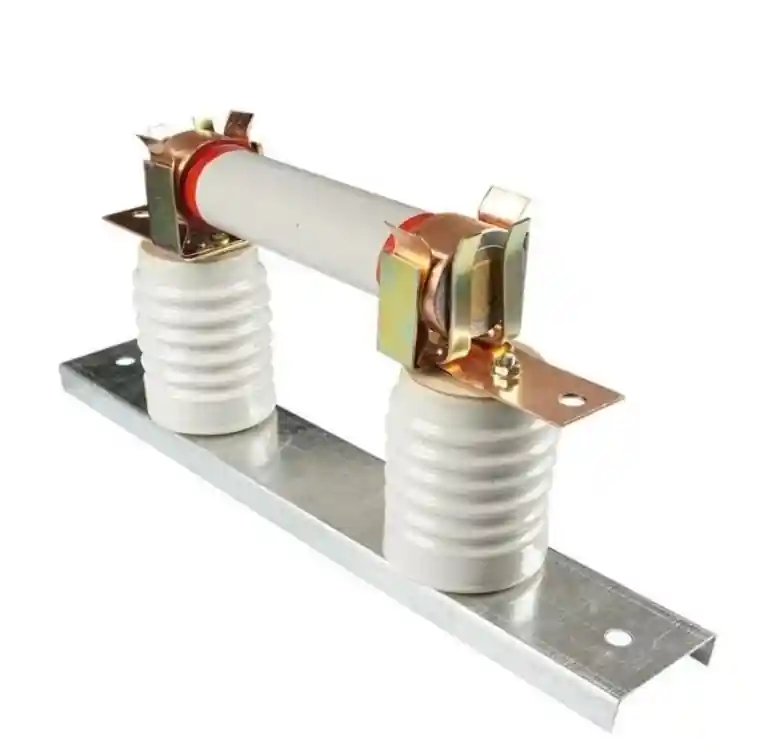
2. Expulsion Fuses
Also known as “non-current limiting fuses”, these use gas and pressure generated during arcing to extinguish the fault. They are commonly used in outdoor overhead systems.
Applications: Pole-mounted distribution lines, outdoor substations.
3. Drop-Out Fuses
Named for their mechanism that physically drops open when operated, making it visibly clear that the fuse has blown. They are a subtype of expulsion fuses and are widely used in rural and overhead networks.
Applications: Rural grid transformers, 11kV & 33kV feeders.
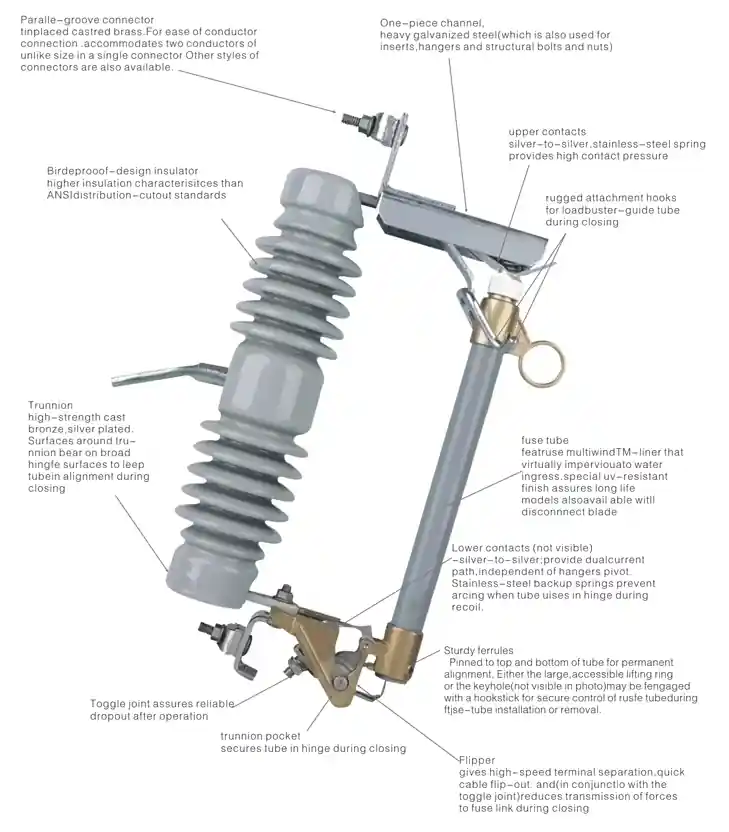
4. Cartridge-Type Fuses
Fully enclosed and often sealed in porcelain or fiberglass tubes. These are designed for indoor use and offer high safety with minimal maintenance.
Applications: Metal-clad switchgear, control panels.
5. Striker-Type Fuses
These are designed with a mechanical striker that activates upon fuse operation, often used to trip an associated switch.
Applications: Motor circuits, capacitor banks.
6. HV HRC (High Rupturing Capacity) Fuses
These are a type of current-limiting fuse designed for heavy industrial settings. They can safely interrupt large fault currents without damaging nearby components.
Applications: Industrial transformers, substations with sensitive equipment.
Market Context and Industry Insights
The high voltage fuse market is experiencing steady growth, driven by urban grid expansion, renewable energy adoption, and infrastructure modernization. According to a 2023 report by GlobalData, the Asia-Pacific region leads the market due to increased electrification in rural and semi-urban regions.
Leading manufacturers such as ABB, Schneider Electric, and SIBA have contributed to evolving fuse designs to accommodate compact switchgear layouts and smart grid environments.
Additionally, compliance with standards like:
- IEC 60282-1 (for high voltage fuses)
- IEEE Std C37.41
- ANSI C37.46
…ensures safety and uniformity across systems.
Technical Parameters: A Comparison Snapshot
| Type | Voltage Range | Current Rating | Interrupt Capacity | Response Time |
|---|---|---|---|---|
| Current Limiting Fuse | Up to 36kV | 6A–200A | Up to 50kA | Sub-millisecond |
| Expulsion Fuse | Up to 38kV | 1A–140A | ~12kA | 2–5 milliseconds |
| Drop-Out Fuse | 11kV–33kV | 10A–100A | Moderate | Visible operation |
| Cartridge-Type Fuse | Up to 24kV | 1A–63A | High | Instantaneous |
| HRC HV Fuse | Up to 40.5kV | 10A–250A | 30–63kA | Fast acting |
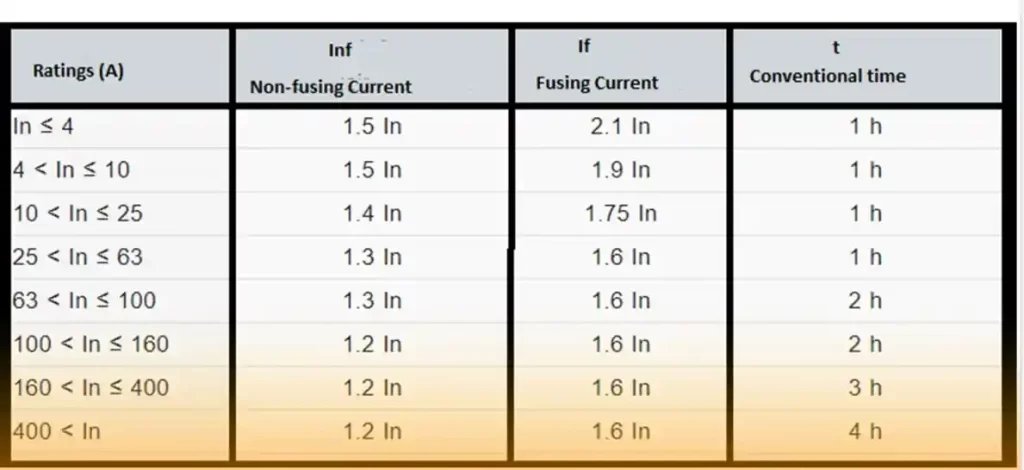
High Voltage Fuses vs. Circuit Breakers: What’s the Difference?
While both serve as protective devices, their functionality and use cases differ significantly:
- Fuses react faster and are better for single fault clearing.
- Circuit breakers can be reset, making them suitable for recurring operations.
- Fuses are passive devices, while breakers often require auxiliary power or control circuits.
In many substations, engineers combine both—using fuses for transformer primary protection and breakers for load switching.
Practical Selection Tips: Choosing the Right HV Fuse
Not all fuses are compatible with all systems. Below are practical guidelines to help engineers and buyers make the best choice:
- Match System Voltage and Current Ratings
Always choose a fuse rated slightly above the normal operation range. - Consider Fault Current and Breaking Capacity
High breaking capacity fuses are crucial for large industrial transformers. - Environmental Considerations
Outdoor fuses should be weather-resistant, preferably with anti-condensation design. - Application Type
Choose drop-out fuses for pole-mounted systems and cartridge types for indoor cabinets. - Striker Mechanisms for Automation
If coordination with a breaker or relay is needed, opt for striker-type or indicator-equipped models.

Referenced Authorities and Standards
To maintain safety and consistency, consult reliable sources like:
- IEEE Power and Energy Society – for industry research and standards
- ABB HV Fuses Guide – fuse selection insights
- Schneider Electric Whitepapers – practical design applications
- Wikipedia: High Voltage Fuse – general background
- IEEMA – Indian Electrical and Electronics Manufacturers Association guidelines
These resources offer critical technical depth and are widely trusted in power systems engineering.
Frequently Asked Questions (FAQs)
High voltage fuses are single-use devices. They should be replaced immediately after operation. Regular visual inspections (especially for drop-out fuses) are recommended every 6–12 months depending on the environment.
Absolutely not. Low-voltage fuses lack the insulation, rupture capacity, and arc containment required for high voltage conditions, and using one can lead to catastrophic failure.
Yes. As solar PV farms and wind turbines operate at medium and high voltages, fuses are used to protect inverters, transformers, and collector circuits from fault currents.
Final Thoughts
In a world increasingly reliant on uninterrupted power, high voltage fuses play a silent yet indispensable role. From substations to renewables, from urban grids to rural feeders, choosing the right fuse type ensures both protection and performance.
Understanding the various high voltage fuse types—from current-limiting to drop-out—allows engineers, buyers, and maintenance professionals to build safer, more efficient power systems.

